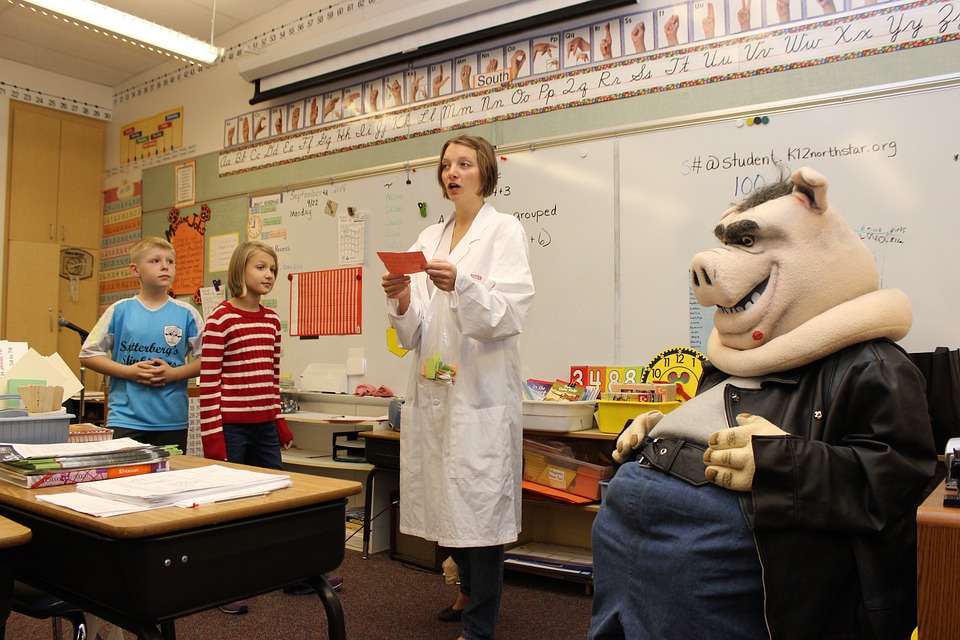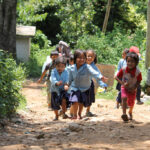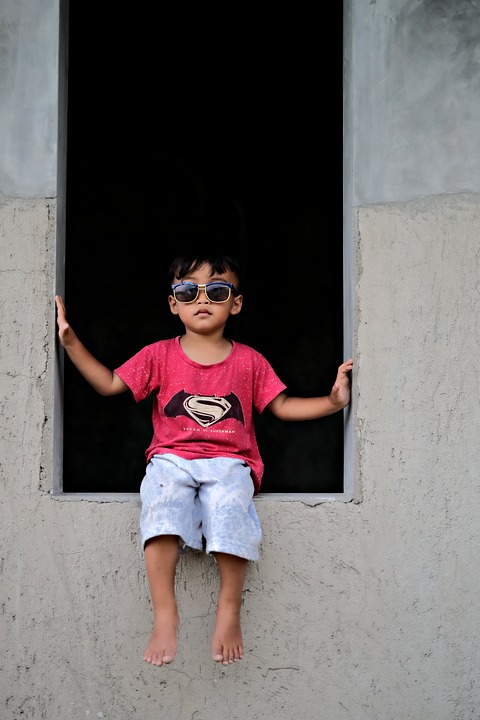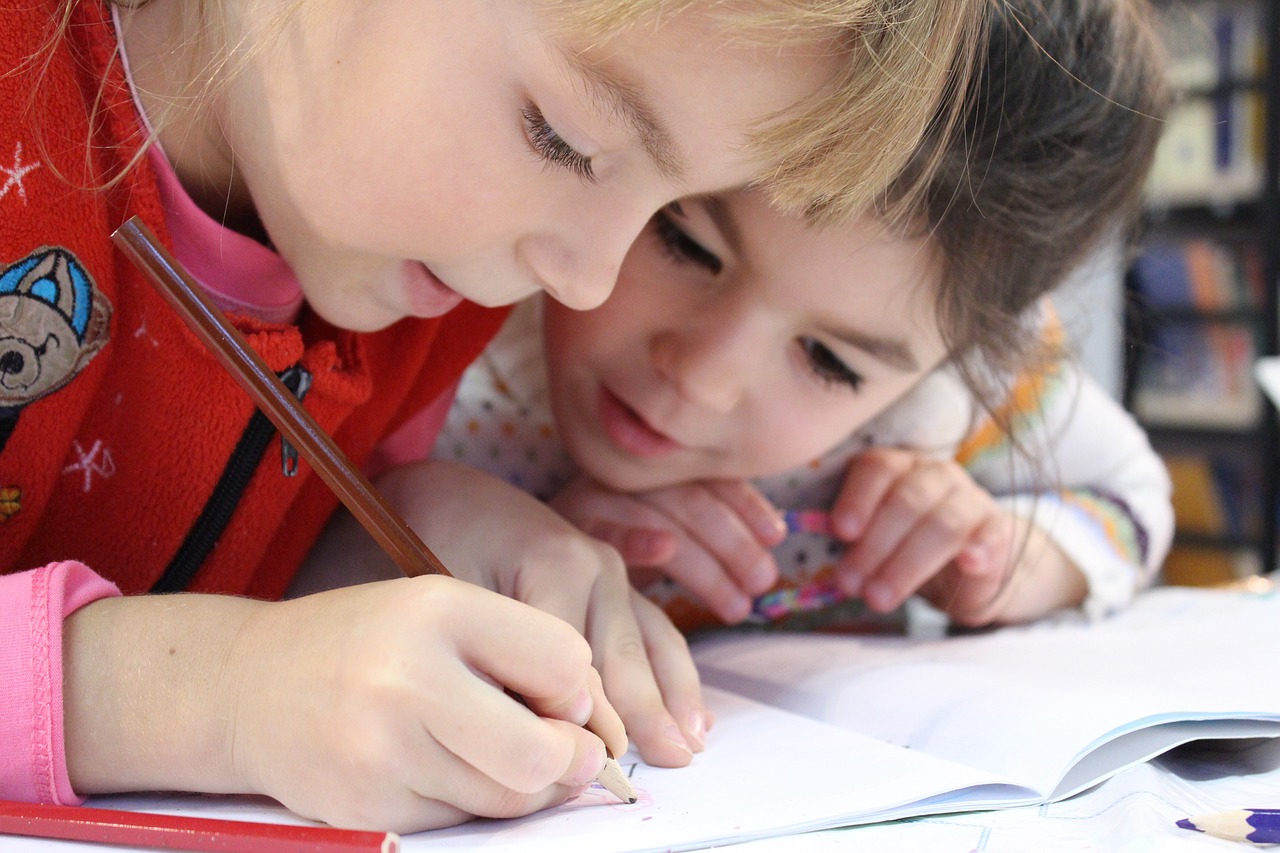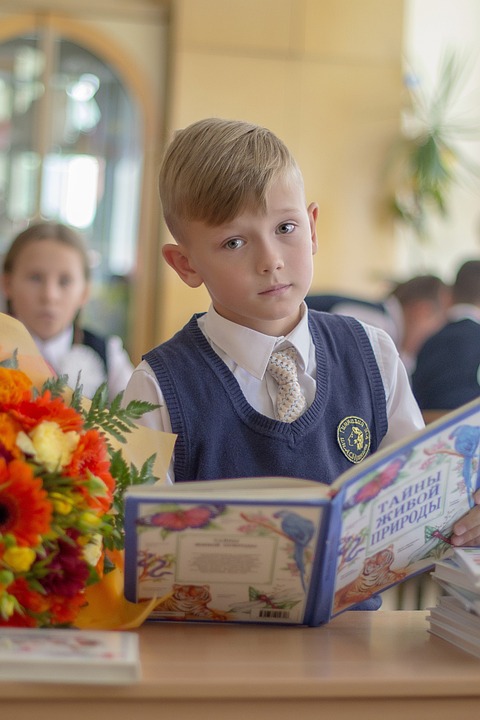1. Goals
– Provide the development of children’s motor coordination, aiming to improve their fine and gross motor skills.
– Stimulate balance, agility and precision in children’s movements through playful and fun activities.
– Promote social interaction and collaboration between children during activities, encouraging teamwork and communication.
– Stimulate skill EI02CG02 which consists of: Moving your body in space, guided by notions such as forward, behind, above, below, inside, outside, etc., when engaging in games and activities of different natures.
2. Introduction
– Start the class with a conversation about the importance of motor coordination for children’s development. Explain how motor coordination is present in everyday activities, such as writing, drawing, playing and getting dressed.
– Present the objective of the class, highlighting that the activities will be focused on stimulating different aspects of children’s motor coordination, in a fun and educational way.
3. Development
– Activity 1: Obstacle Circuit
– Set up a circuit with simple obstacles, such as cones, arches, chairs and cushions, which children must cross by jumping, running, crawling, etc. This activity aims to stimulate children's gross motor coordination, working on balance and agility.
– Activity 2: Painting with feet and hands
– Provide non-toxic paints and craft paper so that children can explore their fine motor skills by painting with their feet and hands. This activity helps improve the precision of children's movements.
– Activity 3: Motor memory game
– Create a memory game with pairs of cards that have images of body movements, such as jumping, spinning, imitating animals, etc. Children must find pairs and imitate the corresponding movements, stimulating memory and motor coordination.
4. Return
– Learning Check:
– Ask the children to share what they liked most about the activities and how they felt when doing them. Highlight the importance of exercising to strengthen motor coordination.
– Student feedback:
– Open a space for children to express their opinions, doubts or suggestions about the class, encouraging everyone’s participation.
5. Homework
– Suggest a simple activity to be carried out at home, such as drawing, cutting or balancing objects, in order to continue stimulating children's motor coordination in the family environment.
6. Conclusion
– Make a brief summary of the activities carried out and the objectives achieved during the class, emphasizing the importance of motor coordination for the global development of children.
– Highlight the importance of practicing physical and playful activities regularly to improve motor coordination and promote a healthy lifestyle from childhood.
